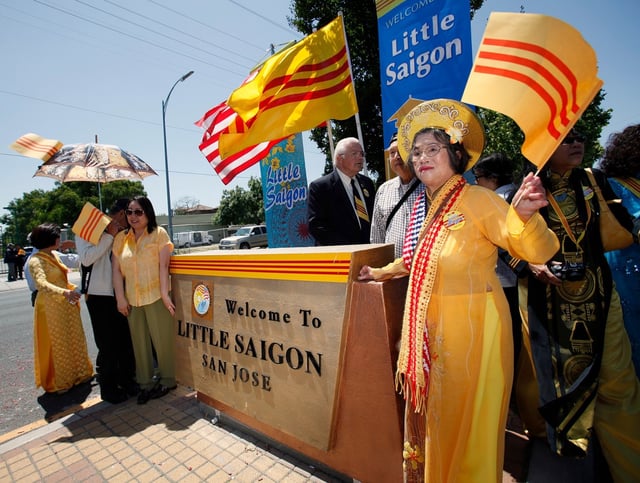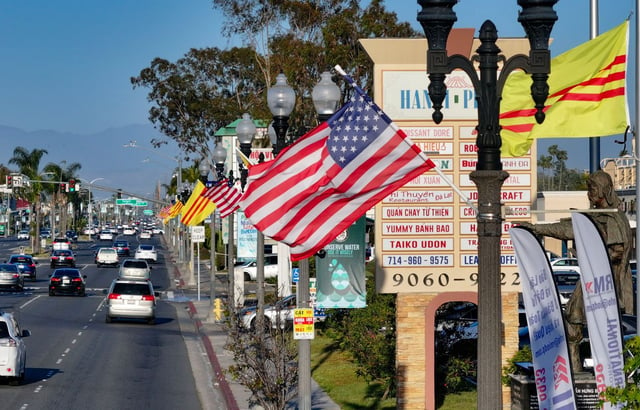Overview
- The fall of Saigon in 1975 led to the U.S.-facilitated resettlement of Vietnamese refugees, forming Little Saigon enclaves nationwide.
- Orange County, California, remains the largest Vietnamese diaspora hub with over 215,000 residents and a vibrant cultural and commercial district.
- Derek Tran’s 2024 election as the first Vietnamese American congressman from California reflects the community’s growing political clout.
- Generational shifts challenge these communities to balance cultural preservation with evolving identities and redevelopment pressures.
- Little Saigon enclaves in cities like Houston, San Jose, and Dallas–Fort Worth continue to thrive as centers of Vietnamese heritage and influence.


